A Deep Dive into China's Shrimp Farming Industry
Whiteleg Shrimp Dominate China's Shrimp Supply
According to Dr. Luca Micciche, Technical Director at Verdesian Life Sciences, China’s total shrimp production in 2024 is expected to reach 2.5 million tons, with whiteleg shrimp (Litopenaeus vannamei) accounting for a dominant 93% of that output.
While China’s shrimp sector experienced impressive growth from 2004 to 2020 at an average of 5.2% annually, this pace has slowed significantly since 2020—dropping to just 1% per year—due to the impact of COVID-19 and global economic volatility. This abrupt shift signals a pressing need for the industry to adapt and find optimal solutions for the new market landscape.
Farming Models and Trends
Out of China’s 7.39 million hectares of aquaculture area, shrimp farming occupies approximately 10%. An estimated 450,000 shrimp ponds are currently operational, at varying scales (source: Robins McIntosh, Charoen Pokphand Foods, Thailand).
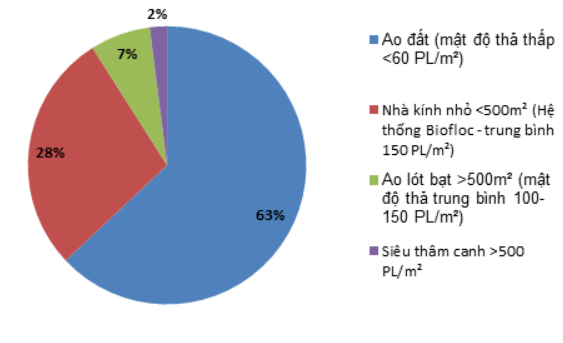
Among farming systems, small greenhouse ponds (stocking density of 150 PL/m²) have gained significant attention, growing at 12% from 2020–2024—far outpacing the 2% growth rate of traditional earthen ponds (stocked at 60 PL/m²). Lined ponds with 100–150 PL/m² are also growing steadily at 8%.
Figure 1. The four main whiteleg shrimp farming models in China.
(Source: Dr. Luca Micciche, “Latest Developments in China’s Shrimp Farming: Challenges and Opportunities,” Global Shrimp Forum 2024)
To boost yields, many operations have turned to high-tech super-intensive systems with densities up to 1,200 PL/m². However, this model now grows at just 6%, primarily due to disease outbreaks and environmental pollution, raising concerns about long-term sustainability. The challenge lies in balancing economic efficiency with environmental protection.
Dr. Micciche assessed six farming models based on criteria such as biosecurity, profitability, scalability, and sustainability. The small greenhouse model, using biofloc systems with an average density of 125 PL/m² and occupying less than one mu (666.7 m²), emerged as the most balanced and effective. This highlights its potential for broader application in China.
Inside the Small Greenhouse Model
In Rudong, Jiangsu Province, the small greenhouse shrimp farming system has proven highly efficient. Ponds ranging from 320–360 m², stocked at 150 PL/m², and covered with plastic sheets allow tight environmental control. Minimal water exchange (5–10%) combined with EM (Effective Microorganisms) helps maintain a stable ecosystem with low disease incidence.
Each 40m x 9m pond (360 m²) can yield nearly 1 ton of shrimp after three production cycles. Deeper pond construction enhances yields by up to 50%, allows polyculture, and reduces risk.
Biosecurity is a top priority. Thanks to the closed system, water exchange is rare. The greatest infection risk comes from post-larvae (PL). Farmers are vigilant in screening for harmful bacteria such as Vibrio, while EHP (Enterocytozoon hepatopenaei) is considered the most economically damaging pathogen. Additionally, HLV (Larval Mortality Virus) poses a severe early-stage threat. To mitigate risks, growers aim to accelerate shrimp growth at minimal cost.
Although many farms use groundwater, this practice often lacks regulatory approval. Authorities now monitor wastewater and shrimp samples more strictly. Farms risk being shut down if pollution or antibiotic misuse is detected.
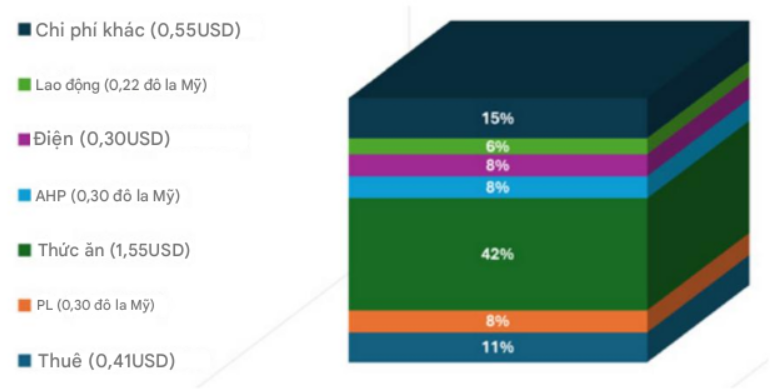
Production Costs and Farmgate Prices
Figure 2. Estimated production cost per kg in 2024 under the small greenhouse model. Without heating: $3.65/kg; with heating: +$1.25/kg.
(Source: Dr. Luca Micciche, Global Shrimp Forum 2024)
Production costs currently range from $3.00 to $3.60 per kg, but farmgate prices have been dropping for four consecutive years. By late 2024, cost and selling price could equalize, leading to potential losses for farmers.
One proposed solution: reduce feed protein content, since high-protein feed costs between $1.30–1.80/kg. Farmers require a minimum selling price of $5.00/kg to remain viable. Reformulating feed and lowering input costs is now a priority.
Figure 3. Farmgate prices (USD/kg) vs. production costs (USD/kg) in Jiangsu Province. Red circles highlight the price–cost parity forecast for mid and late 2024.
(Source: Dr. Luca Micciche, Global Shrimp Forum 2024)
Outlook for the Remainder of 2024 and Beyond
As 2024 winds down, shrimp farms in China must tackle two major challenges:
Supplying high-quality live shrimp for domestic markets.
Competing with frozen imports, particularly from Ecuador.
Success will depend on producing resilient, fast-growing shrimp that can endure long-distance transportation. A strong supply of disease-free broodstock is also essential.
Experts believe China’s market still has room for both domestic and imported shrimp, with rising demand projected for 2025, likely improving prices and restoring farmer confidence.
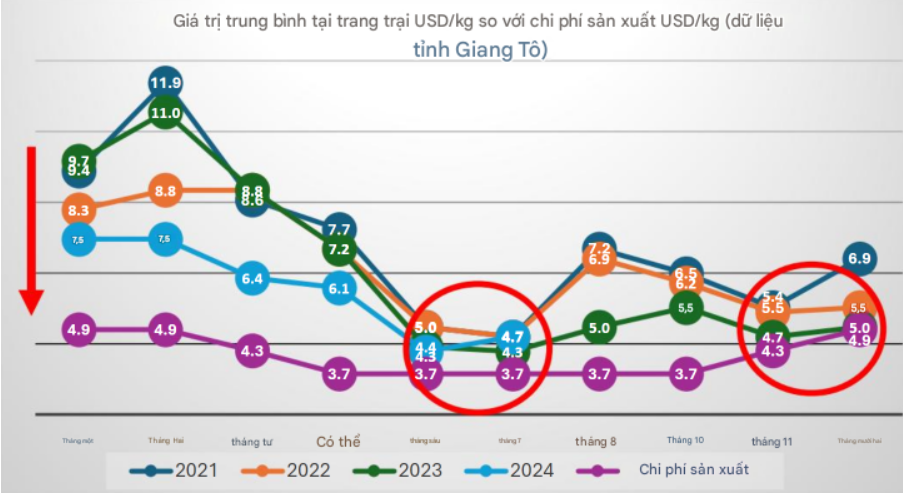
Source: aquaculture.vn
Aqua Mina's distributor in Japan: REX INDUSTRIES CO., LTD
- Address: 1-9-3 Hishiya-Higashi, Higashi-Osaka 578-0948 JAPAN
- Email: kimakubo@rexind.co.jp
- Phone: +81-(0)72-961-9893
- Website: http://www.rexind.co.jp/e/
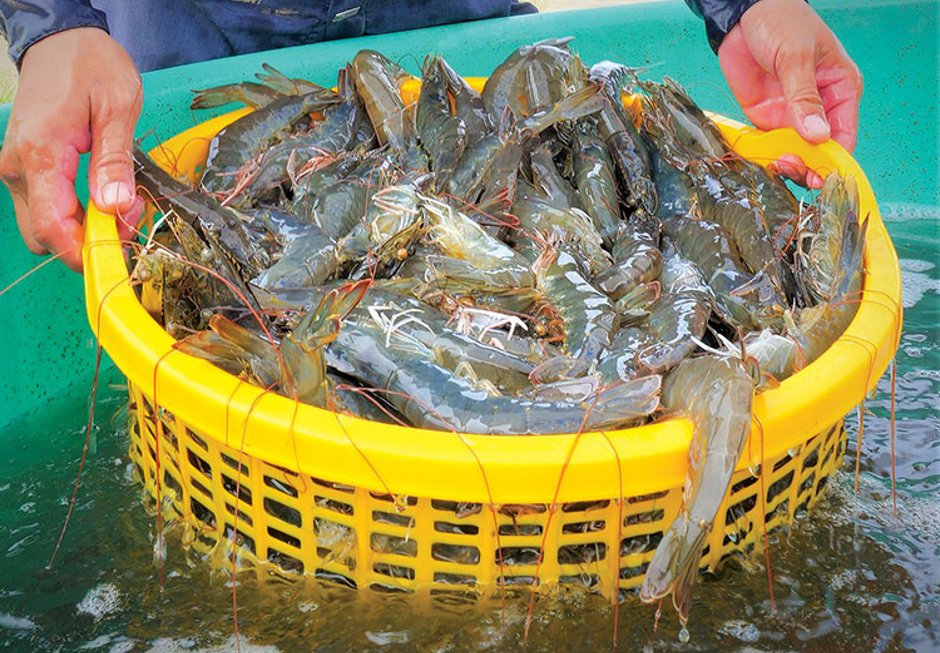
WE WORK FOR YOUR SUCCESS!
Ngày đăng : 17/06/2025
1850 View
Other Articles
Vietnamese shrimp and catfish choose a sustainable path in global competition
End-of-Season Shrimp Prices Reach Record Highs
Norway – Russia Reach Barents Sea Fisheries Agreement for 2026
Cà Mau strengthens traceability to enhance the competitiveness of the shrimp industry.
Cold stress: Effects on the plasma characteristics of whiteleg shrimp.
A new breakthrough in the prevention of diseases caused by the microsporidian parasite EHP in shrimp farming
Vietnam’s shrimp export outlook in the first quarter of 2026 continues to face heavy pressure from tariffs.
New England’s shrimp fishery to shut down for the long haul after years of decline
Crab exports to the United States account for more than 80%.
Thailand sets a target to increase shrimp production to 400,000 tons by 2026.
CTU-RAS: Recirculating Shrimp Farming for Sustainable Development
Vietnamese aquatic products reach new markets








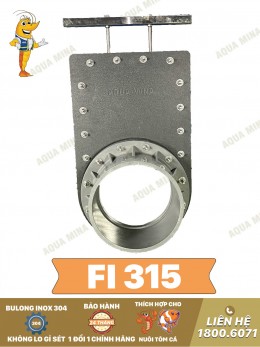
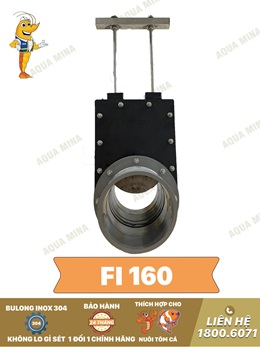
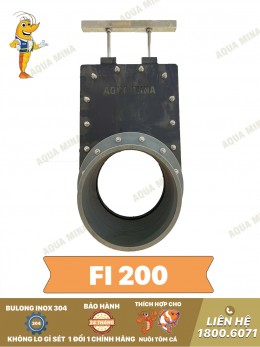
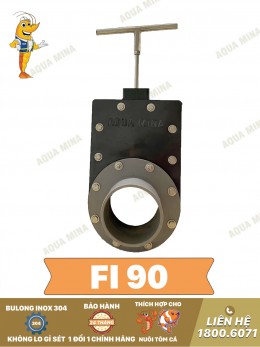
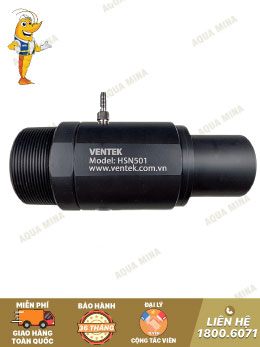
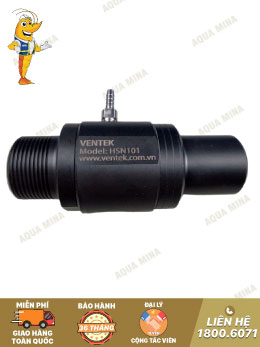

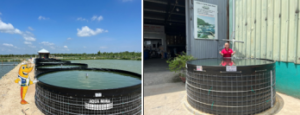
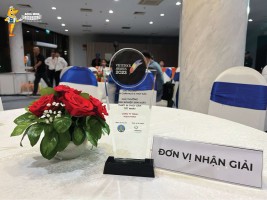
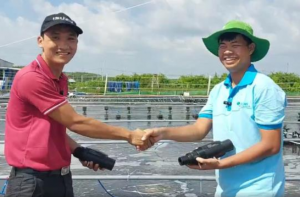
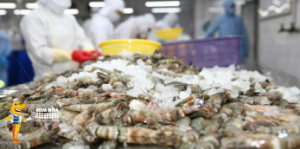
.jpg)